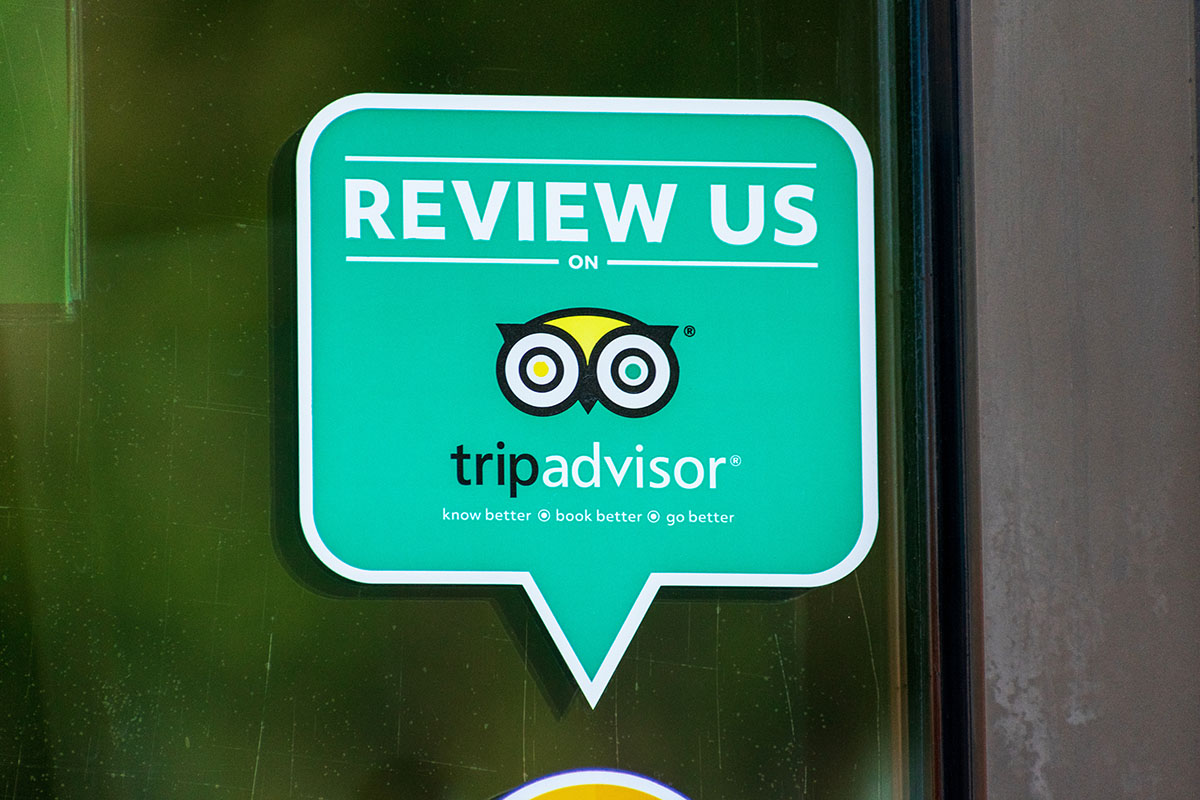Interview: Japan Tourism President on Presenting a Mature Nation to the World

Skift Take
- Ryoichi Matsuyama, president, Japan National Tourism Organization
- Japanese Prime Minister Shinzo Abe gestures as he speaks during the Tokyo 2020 kickoff rally in Tokyo on August 23, 2013. Tokyo defeated the bids from Madrid and Istanbul to win the right to host the 2020 summer Olympics. REUTERS/Yuya Shino
Editor’s Note: Skift is publishing a series of interviews with CEOs of destination marketing organizations where we discuss the future of their organizations and the evolving strategies for attracting visitors. Read all the interviews as they come out here.
This continues our series of CEO interviews that began with online travel CEOs in Future of Travel Booking (now an e-book), and continued with hotel CEOs in the Future of the Guest Experience series (which is also an e-book).
As the host of the 2020 Summer Olympic Games and two other major international sporting events during the next decade, Japan is preparing to take its place on the world stage. Japan last hosted the Olympics in 1964 in Tokyo, and this time around it beat out Madrid and Istanbul for hosting duties.
Skift recently spoke with Ryoichi Matsuyama, president of the Japan National Tourism Organization, who’s held that position since 2011. We talked about the challenges of preparing for the 2020 Summer Olympics, the legacy he hopes the games leave behind, what the impact of the expansion of Tokyo’s Haneda Airport has meant, and the implications of the rise of mobile.
An edited version of the interview follows:
Skift: What are the biggest challenges for your organization as Japan gets ready for the 2020 Summer Olympics in Tokyo?
Ryoichi Matsuyama: For the Olympics we’d like to establish a certain type of environment and we’ve laid this vision out in three pillars. We want to accept handicapped people and welcome them from our hearts and this is one of the legacies we’re trying to achieve.
Another aspect is that Japan is quite a well-known brand, but yet we’re still not well- presented. We’d like to focus on our attractions and hidden treasures. Tokyo is already well-known as a city to foreigners, but apart from Tokyo in Japan, not so much.
Our task is to make this change. In 2019 we will host the Rugby World Cup, then the Olympics are in 2020 and then in 2021 we will host the World Masters Games in Kansai. These are three busy, consecutive events and they give us a lot to focus on and to make a good experience for our visitors. We’d like to change the image of Japan.
If a city like Tokyo can afford to host the Olympics then we would like to establish a good business model and we need to also develop a friendly environment. Otherwise we’re just a big city.
One of our challenges to being friendly is making free Wi-Fi widely available. In Japan, our smartphones use SIM cards that make it easy to connect to the Internet so we have no need for Wi-Fi. Right now travelers need Wi-Fi for everything and we realize that.
We have about 80,000 Wi-Fi access points across Japan today. Another challenge is ATMs. In Japan, our security systems are different than other global security ATM systems and up until now credit cards issued outside of Japan couldn’t be used in the country to get cash. Some ATMs now accommodate foreign cards but I’d like to spread that out. Even three years ago it was very difficult to get cash from a Japanese ATM and foreign travelers would have to bring it with them before they arrived.
The language barrier is also another challenge we have. We have about 500 information centers across the country designated for foreign travelers and we’d like to increase the quality of those to help with this barrier. We think 500 is just enough, and we’d like to establish an environment that foreign visitors are walking around without any difficulties.
Also, translating phrases and text in places like museums is also a huge challenge for us. But if we use a QR code, it’s a little easier to offer, say, a Thai translation of something and we see this as a new opportunity for business.
Skift: What sort of legacy do you hope the Olympics creates for Tokyo and Japan?
Matsuyama: I think Tokyo is already quite mature and this is what we’re trying to show. Developing countries host the Olympics to show their presence and power and that is the same token of the 1964 Olympics that were also held in Tokyo. This will be the second time the games will be held in Tokyo and Japan was almost nothing just before those games and now things are totally different. We’re looking at how to make a good success story. If we succeed economically in Tokyo, then another Japanese city can one day be a candidate for the Olympics.
Skift: In terms of visitation, what numbers are you working to achieve before and after the Olympics? How are you getting tourists to move beyond places like Tokyo?
Matsuyama: We have now achieved 13 million annual visitors and we are looking for 20 million annual visitors by 2020. We also have a goal of attracting 30 million visitors a year by 2030. We have many hidden treasures and this is really what we’re promoting. The stereotype image that we have is that we have Mount Fuji and Tokyo and we’re trying to change that. And even with these 13 million people who we are receiving the hotel occupancy rate is more than 95% in Tokyo, Osaka and Kyoto, which we call the “golden route,” so essentially we are full and it’s now packed.
It’s very difficult to get a room in those cities and because of this we’re now trying to expand the hotel construction by 2020, this is one direction. Another direction is to promote the many hidden treasures we have, such as the new Kanazawa train which started last month.
Skift: How has the expansion of Tokyo’s Haneda Airport impacted tourism to the city and country?
Matsuyama: It has definitely helped, but right now our big focus is trying to expand more air routes because at this moment to fly over Tokyo is pretty restricted because of noise. We have Haneda and you have to fly in and take off on the seaside and then have to turn around depending on where you’re flying.
We want to change that so that airlines would be able to fly right over the city, but this isn’t an easy job because so many people are against the noise. We’re working with the Minister of Transport right now on this and he’s considering it but it’s far from being a done deal. It’s not an easy job.
We have about 100 airports across Japan and we’re trying to encourage more airlines to fly to some of the smaller, more local airports directly rather than all of them flying into Tokyo. The Haneda expansion, for the time being, has helped put this on track.
Skift: What type of carriers would you like to see have more of a presence in Japan and what routes would you like to see increased offerings from?
Matsuyama: Right now we’re working heavily with Air China to increase the service from China to Japan. And our focus is not just on Japanese carriers, but in general we’d really like to get more low-cost carriers servicing Japan.
Especially from other Asian countries like China, Taiwan, and Thailand. We’ve now started new service for some of the low-cost carriers and they’re flying to the local airports, not only to Haneda. This helps ease the capacity at Haneda.
Skift: How do you think your organization will change after the Olympics?
Matsuyama: So we have our 30 million goal for 2030 and to achieve that we’ll need more sophisticated marketing and customization based on heavy research. The planning phase for this second goal is still under way.
We’re trying to expand our relationships with traditional airlines and newer carriers. We also think a new player should come in the online travel world and we’re thinking about the guy who hasn’t been born yet.
Skift: Switching gears, travelers today are relying more on their mobile phones, researching more heavily before a trip, reading user-generated content, and following aspirational content produced by people and brands. How is your destination evolving to adapt to today’s traveler habits?
Matsuyama: Mobile has rapidly increased and we’re noticing that the photos showing up on social media for tourists coming to Japan aren’t the ones we Japanese would think would show up. They seem to be taking this one specific photo with a specific angle of Mount Fuji and we never thought of that. It’s the people from Thailand finding that photo, quite a few Thai people visit Japan.
Tourists are wondering “what is a nice viewpoint” to take a photo and this is a growing trend with social media and we’re paying more attention to this one. It’s the Japanese people finding out from the foreign visitors what the good photos are to take in Japan.
This particular area where people are taking this photo is quite isolated for the average Japanese citizen so that’s why the tourists are the ones finding it, but with the power of social media the Japanese are now discovering it.
Push marketing is also quite common in terms of tourism. But now, how to push this kind of photo is a challenge for us.
Skift: Destinations consistently struggle with funding. Do you see this changing in the next five to 10 years? Why is it so hard for destination marketing organizations to get funding even as travel grows and its economic significance is better realized? What would be a better business or financial structure for the organizations?
Matsuyama: Funding is always a challenging thing for everyone. We go to the government and ask for more funding and this is a very tough job. At this moment we present a very clear goal to the government with our 20 million goal for 2020 and to achieve that we need the funding.
Skift: If you had 10 times more funding, what would you do with it?
Matsuyama: I’d like to increase our IT support and also the number of offices we have. Basically we would like to expand more offices to Asian countries for the time being because this is a global market that is expanding and the number of middle income people in Asia is increasing and they now want to go abroad.
But we’re still not well-approached for these people. Taiwan was our largest visitor demographic last year but China will take over soon. Taiwan loves Japan and we see a lot of repeat travelers from this country. Taiwan, Hong Kong and Thailand are really loyal but the Chinese are not, though they’re starting to become more loyal.
Skift: On a separate note, what are your thoughts on the pending antitrust charges Google’s facing in Europe?
Matsuyama: Google is one example of how we want to better utilize big data of our visitors. We want to be able to track where the high-density areas are that visitors are going to within Japan and then focus on those areas. We’d also like to collaborate with Google on our site to see how visitors are using it.
We’re still studying how to best utilize big data from Google. There are so many applications for how to use this data and we are seriously studying what kind of tool is good for us because so many people have proposed to us that we need to look at big data.







